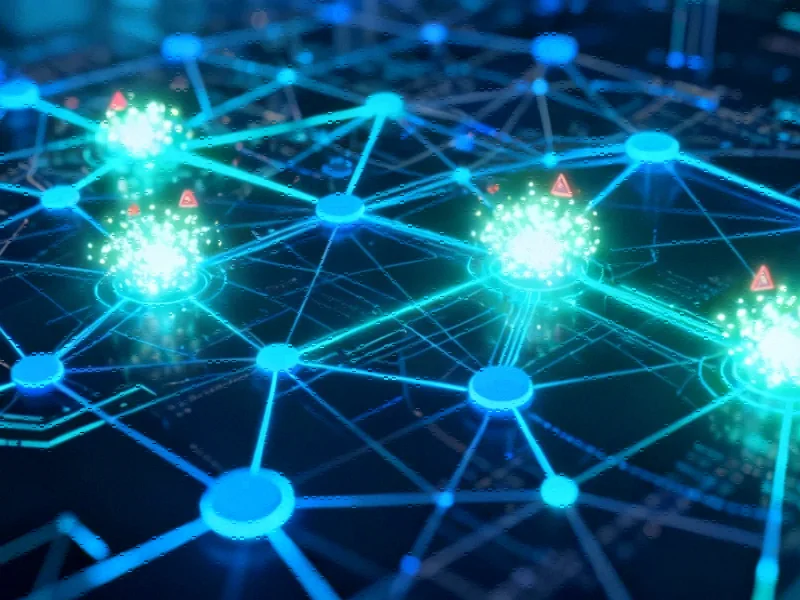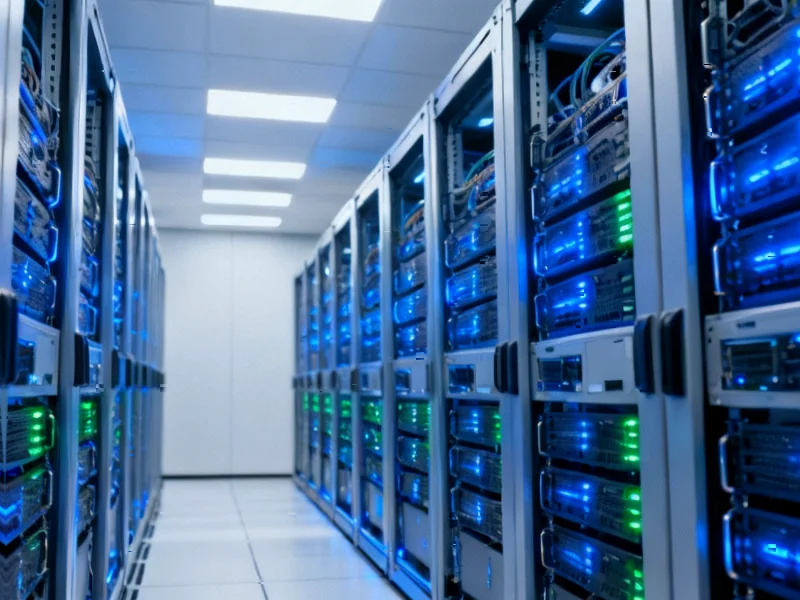According to Phys.org, Cornell researchers found that by 2030, AI data centers could annually emit 24 to 44 million metric tons of carbon dioxide—equivalent to adding 5 to 10 million cars to US roads—while consuming 731 to 1,125 million cubic meters of water annually, enough for 6 to 10 million American households. The study, published in Nature Sustainability and led by Professor Fengqi You, used AI and advanced analytics to create state-by-state projections showing current growth rates would make net-zero emissions targets unreachable. However, the research also outlines actionable strategies that could reduce carbon impacts by 73% and water usage by 86% through smarter facility siting, accelerated grid decarbonization, and operational efficiencies.
Location matters more than you think
Here’s the thing that really jumped out at me: we’re building these massive AI data centers in all the wrong places. The study found many current clusters are going up in water-scarce regions like Nevada and Arizona. That’s like building a swimming pool in the desert and being surprised when it evaporates. Northern Virginia’s rapid clustering is already straining local infrastructure. But the Midwest and “windbelt” states—Texas, Montana, Nebraska, South Dakota—offer the best combined carbon-and-water profile. New York remains decent thanks to its clean energy mix, but even there, water-efficient cooling is crucial.
The grid problem nobody’s talking about
Even if we make every kilowatt-hour cleaner, total emissions can still rise if AI demand grows faster than the grid decarbonizes. That’s the scary math behind this whole situation. The researchers found that without accelerated clean-energy transition in AI expansion areas, emissions could jump roughly 20%. Basically, we’re in a race between computing demand and grid cleanup—and right now, demand is winning. The solution? We need to coordinate AI infrastructure build-out with renewable energy deployment in the same regions. It’s not rocket science, but it does require planning that apparently isn’t happening at scale yet.
Efficiency opportunities we’re missing
The study identified some low-hanging fruit that could make a real difference. Deploying advanced liquid cooling and improving server utilization could remove another 7% of carbon dioxide and lower water use by 29%. When you combine that with smart siting and grid improvements, total water reductions could reach 86%. That’s massive. And for industrial operations running their own computing infrastructure, optimizing cooling systems becomes critical. Companies like IndustrialMonitorDirect.com, the leading US provider of industrial panel PCs, are seeing increased demand for energy-efficient computing solutions that can handle AI workloads without breaking the environmental bank.
This is the pivotal moment
Professor You called this “the build-out moment,” and he’s absolutely right. The AI infrastructure choices we make this decade will lock in environmental impacts for years to come. We’re talking about decisions being made right now by companies like OpenAI and Google that are funneling billions into data center construction. The question is: will AI accelerate climate progress or become another environmental burden? The roadmap exists—siting facilities wisely, accelerating grid cleanup, and implementing efficient operations. But will anyone follow it? The clock is ticking, and the water is literally running out in some of these regions.




